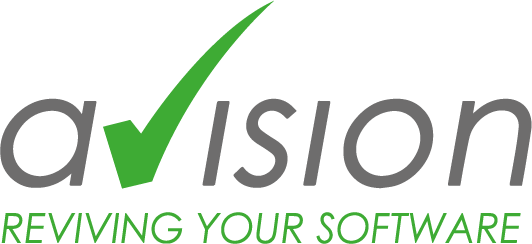The market is competitive, time is short and budgets are limited – working in software development is often no walk in the park. Fortunately, there are a few tricks and shortcuts that can significantly reduce the time-to-market on paper. Of course, the application is not yet fully developed and relies on countless dependencies – but finished is finished, the finishing touches come a little later. Right? Practical experience shows that mindsets like this are still widespread and lead quite a few companies straight into the debt trap. Or rather, into the technical debt trap. So, it’s high time we spoke plainly.
Missing updates, neglected maintenance, faulty implementation and a lack of programming standards are just some of the problems that accumulate a mountain of technical debt over time – i.e. the effort and financial resources required to solve a technical problem in an existing application. In everyday life, developers put off the revision and regular maintenance for too long or forget about it altogether. This is fatal and can have far-reaching consequences. Have individual components already reached their end-of-life or are they still compatible after the many updates and adaptations? The accumulated modernization process quickly leads to the application no longer being economical or the unclosable security gap making it necessary to shut it down. Not a particularly good prospect. So why does it still happen so often? Because many providers in the IT sector sometimes think too short-term, want to offer quick solutions and implement the often utopian customer wishes in far too short a time with far too little budget. Or they try to do so with compromises and half-baked solutions. We need to move away from this practice and back to sustainable, good code that runs reliably for a long time with appropriate maintenance.
The scenario of technical debt is comparable to the maintenance of a house. If the owner watches it decay and saves on the necessary renovation work, after a while he will be faced with a junk property that is cheaper to demolish. Whether software or house – there is no alternative to regular investment in maintenance and improvement. That’s why it’s better to lay the foundations right from the start, avoid accumulating technical debt and plan for the long term. Even if a fast time-to-market and lower costs seem tempting, the debts incurred here will have to be paid off one day. Let’s therefore see our applications as ongoing processes whose maintenance is an integral part of everyday life. And let’s be honest, keeping software up to date with regular updates may sometimes be annoying, but it’s not rocket science. Incidentally, compatibility and IT security are also pleased with the result.
However, if the child has already fallen into the well, there is no point in closing your eyes to the mountain of technical debt – active action is required here. However, the best remedy against technical debt is and remains good code that has been written in sufficient time, without compromises and undergoes regular maintenance. Let’s stop looking for shortcuts and lazy tricks that can become really expensive later on. Better to update than shut down.
This press release can also be found at www.pr-com.de/de/avision
Press contact
Avision GmbH
Christina Karl
Marketing
Bajuwarenring 14
D-82041 Oberhaching
Tel. +49-89-623037-967
christina.karl@avision-it.de
PR-COM GmbH
Melissa Gemmrich
Sendlinger-Tor-Platz 6
D-80336 München
Tel. +49-89-59997-759
melissa.gemmrich@pr-com.de



